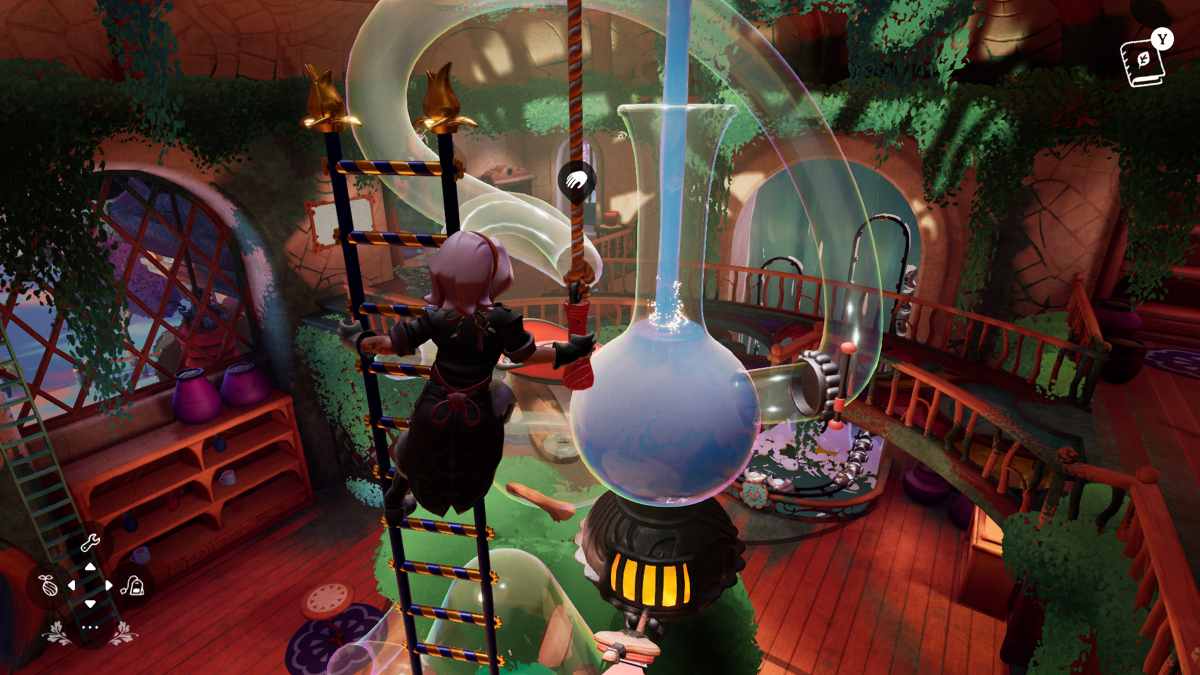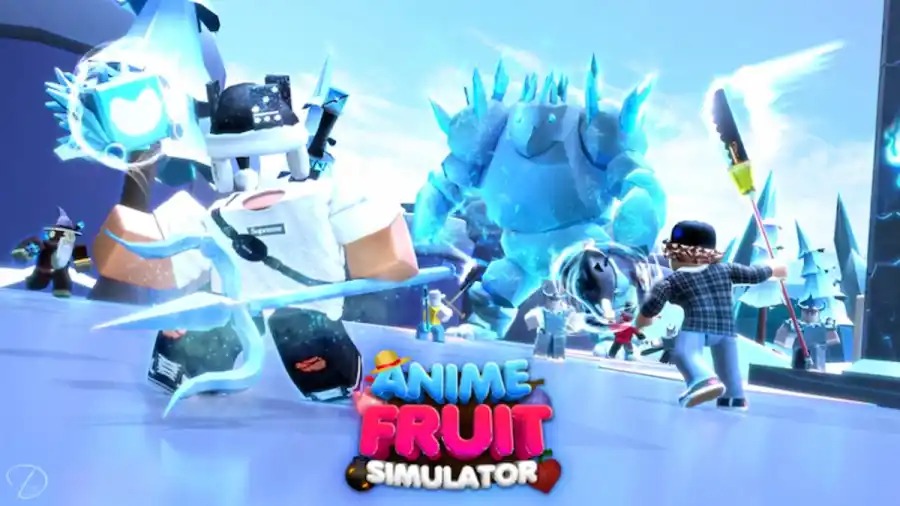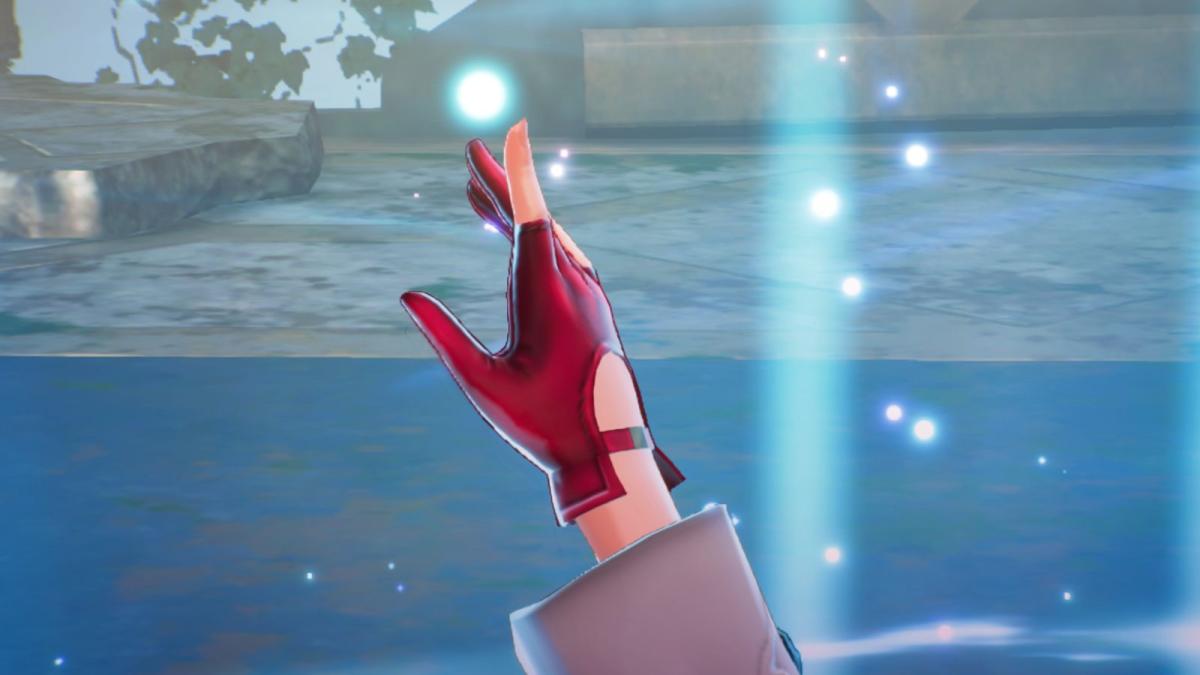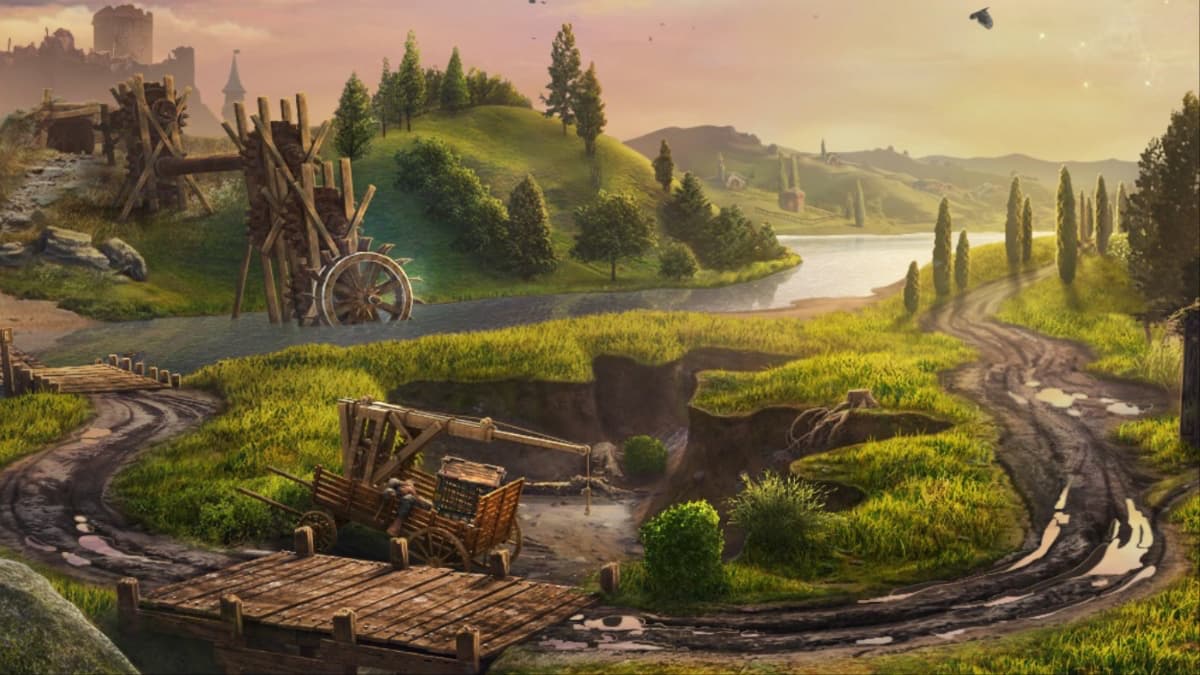The offseason is the only time of the year when every team has hope, when every team has a chance, however slight, to contend for that championship, to be a potential winner, to sign that star player and change their fortunes. It’s the only time of year when every fan can truly believe that maybe, just maybe, things will be different next season.
Of course, things don’t always work out as planned. Last year, ROCCAT “won” the offseason with some seemingly shrewd moves, like signing mid laner Erlend “Nukeduck” Holm. Fnatic, meanwhile, struggled to rebuild after its legendary lineup broke apart, turning to some unknown import players. We all know how that turned out: ROCCAT struggled to even stay in the League Championship Series (LCS), while Fnatic put together the best season by a Western team in the LCS era.
That’s why roster changes are so fun and interesting: They let fans envision a new future with those players, and then we get to see it play out.
So we’ve put together a mix of roster changes from the past year, excluding changes made in the 2014 offseason, so we won’t be talking about Fnatic’s brilliant additions of Heo “Huni” Seung-hoon and Kim “Reignover” Eu-jin—just their stunning departure. We’re both speculating about big moves made this offseason as well as judging ones made in the middle of the year, looking at the potential and real impacts made during this exciting part of the season.
These are the biggest roster moves in League of Legends this year.
10) Uzi to Qiao Gu Reapers
The day before Christmas one of League of Legends’ most controversial star players swapped teams, something few expected to happen during this offseason thanks to rumors of an exorbitant buyout expected by his team. But after Newbee picked up China’s hottest League team, the Qiao Gu Reapers, they wanted to make a splash, and did so by signing 18-year-old superstar AD carry Jian “Uzi” Zi-hao.
One of only three players to appear in two different World Championship title matches, Uzi joined OMG entering 2014 to form one of the greatest all-star lineups China had ever seen. It was the first time Uzi was surrounded with players of similar caliber, a shot at creating an all-Chinese lineup that would not only reach that title match, but win it. But the team failed miserably, as Uzi’s selfish playstyle didn’t mesh with a lineup filled with similarly carry focused players.
Now Uzi joins Reapers, a squad with a more teamfight oriented style. On paper it’s a nonsensical move. Uzi replaces Yu “TnT” Rui, one of Reapers’ strongest performers. The team risks ruin by bringing in Uzi’s fiery personality and selfish style into the mix. But it could also give them the skill to propel them to an even higher level, if they can figure out a play style to take advantage of him.
9) Easyhoon to Vici Gaming
A player who spent most of 2015 on the bench might not look like a big add at first glance, but Lee “Easyhoon” Ji-hoon was one of the most coveted players on the market. The mid laner only rode the pine thanks to playing in the shadow of Lee “Faker” Sang-hyeok on the world champion SK Telecom T1 lineup. When Easyhoon did get his chance to play, he showed he’s one of the best players in the world.
Vici Gaming believes Easyhoon can show it by putting him in a lineup with Choi “DanDy” In-kyu, one of the world’s top junglers. It replaced 2014 World Championship MVP Cho “Mata” Se-hyoung as one of their two imported players in bringing on Easyhoon, showing a lot of confidence in the mid lane player.
8) Chaser, CoCo, Flame to Incredible Miracle
After a lackluster year where Incredible Miracle found themselves needing to re-qualify for Korea’s Champions league after both seasons, ownership vowed to spend in 2016 to create an all-star lineup.
They delivered on Dec. 5 by signing jungler Lee “Chaser” Sang-hyun and mid laner Shin “CoCo” Jin-yeong. Most considered the two players the best at their positions in Korea outside of SK Telecom T1’s mid laner Lee “Faker” Sang-hyeok, giving Incredible Miracle a powerful force in the middle of the rift.
Incredible Miracle followed it up by bringing in one of League’s legendary players, 23-year-old top laner Lee “Flame” Ho-jong. At one time easily considered the best in the top lane position, the quintessential top lane carry player, Flame spent 2015 wallowing in China on LGD Gaming. Now he joins Incredible Miracle, giving them a lineup that—on paper—has the firepower to challenge anyone in the world.
It’s easy to make big promises in the offseason, but Incredible Miracle really followed through and has built a team that looks like a powerhouse through the miracle of free agency.
7) Spirit to Fnatic
Fans don’t seem to be giving Fnatic’s addition of jungler Lee “Spirit” Da-yoon the attention it deserves, likely due to the team losing three key players from its impressive 2015 year. But adding Spirit is the biggest import in the history of European League of Legends.
Similar to NRG’s GBM add, Spirit comes to Europe not in the decline of his career, but in the prime. Perhaps, in the jungler’s case, that’s a bit debatable after a so-so Summer season, but in the Spring of 2015, people were calling Spirit the best jungler on the planet. That kind of talent doesn’t just disappear.
Spirit told Fomos he took less money to play for Fnatic, an organization he respects with players in Fabian “Febiven” Diepstraten and Martin “Rekkles” Larsson he trusts to perform. That’s encouraging for Europe, who saw many of their other star talents flee the region this offseason, including the three Fnatic players Spirit is tabbed to replace.
6) GBM to NRG
One of North America’s new big money franchises made a huge splash when it imported one of Korea’s brightest talents from 2015, mid laner Lee “GBM” Chang-seok, aka Ganked by Mom. The mid laner emerged as a talent last season as a star for Jin Air Green Wings.
It’s an important signing considering he’s the first imported Korean player to move across the Pacific at the peak of their game instead of as a rookie or aging veteran seeking to jump-start their career.
Whether GBM can maintain his form in a new country remains to be seen. He’s shown a wide range of form through his career, but his meticulous preparation for every match points to his continued success. Either way, he’s a historic signing for North American League of Legends, and the crown jewel for a NRG lineup that looks like a potential contender for an LCS title.
5) Cloud9 replaces Meteos with Hai
In terms of talent, this was the least impactful move on the list. Hai Lam isn’t a particularly mechanically skilled player. He isn’t even a jungler. But the impact he had on Cloud9 when he took over the jungle role made this one of the most effective swaps of the year.
When Cloud9 made the change on July 3, replacing William “Meteos” Hartman, a superstar player in the past, they were on the verge of relegation. Adding Lam gave them a small bump in the standings, barely avoiding that fate.
Then the magic happened. In a miraculous run, Lam led Cloud9 through the regional qualifier gauntlet starting from the bottom, beating three of North America’s top teams in successive best-of-five series to qualify for Worlds. It was a storybook finish for one of the most surprising roster swaps of the year, but it worked out for Cloud9 in the end.
4) Piccaboo joins KT Rolster
Lee “Piccaboo” Jong-beom sat on the bench of SK Telecom T1 watching his team win the Spring championship while convalescing due to a wrist injury. And with Lee “Wolf” Jae-wan playing well enough to win, he wasn’t needed in the Summer, so he left the team before the next season. He didn’t find a team.
That was until KT Rolster came calling on June 16, just before the final week of the first half of the season. The team ended Week 6 with a 5-3 record, good for just sixth place in the standings. They then subbed Piccaboo into the lineup, and he helped carry them all the way to Worlds. With Piccaboo, the team posted an 8-1 record to close out the season, earning second seed in the playoffs. They beat KOO Tigers 3-2 to face SK Telecom T1 in the final, falling short of winning the title. That placement earned KT Rolster the top seed for the Regional Qualifier, taking them to Worlds.
That’s the kind of impact a key roster acquisition is supposed to make. Piccaboo joined the team and proved a perfect fit, his roaming and playmaking support style meshing perfectly with jungler Go “Score” Dong-bin, allowing KT Rolster to unlock the potential of the rest of their lineup.
3) Huni, Reignover to Immortals
Breaking up the most successful team in the West in 2015 likely wasn’t easy, but Immortals managed to entice two key players to move across the ocean and don its new jerseys.
The move that brought Heo “Huni” Seung-hoon and Kim “Reignover” Eu-jin truly signals we’re in a new esports era. New franchises funded by venture capital are making moves in free agency unprecedented in the Western scene. Esports really has become a business, and the need to capitalize on a potentially short playing career often overrides other concerns for hot free agents.
Immortals boosted its brand by acquiring two of the West’s highest profile emerging stars after their successful 2015 campaign with Fnatic, and is now well positioned to make an impact in the North American scene.
This offseason and moves like this shows that, whether it’s due to money, the environment, the fanbase, or something else, North America is now a desirable destination for free agents in League of Legends.
2) MaRin leaves SKT, joins LGD Gaming
Last year, the biggest story of the offseason was the so-called Korean exodus. Chinese teams waved huge amounts of money around to lure away Korea’s top talent, leading to questions of whether the historically dominant region would continue its reign in 2015. Players like Jang “MaRin” Gyeong-hwan, the 2015 World Championship MVP who lead SK Telecom T1 to their second world title, showed that Korea still was on top.
MaRin entered the offseason as the top free agent on the market, a world-class top lane talent with bonus leadership and shot calling ability. And while Chinese teams have proven less liberal with their resources ahead of 2016, one of their richest organizations opted to spend on the right player.
MaRin joins an LGD Gaming team that won the Chinese League of Legends Pro League (LPL) in the Summer, but followed that up with one of the biggest collapses we’ve ever seen from a contender at the World Championship. He potentially brings leadership to a lineup that over the past three months seems to desperately need it.
The move shows that, while China may not be as free with its money, it’s still willing to flex its muscles for the right player.
1) DoubleLift, Yellowstar to Team SoloMid
The name “Doublelift” has become synonymous with Counter Logic Gaming since Peter Peng joined the team in Nov. 2011. The best AD carry in his region, recruiting him from its most bitter regional rival was a coup for Team SoloMid.
Then, Team SoloMid added Bora “YellOwStaR” Kim, the man who rebuilt Fnatic in 2015 and made it the greatest Western team in the LCS era. A three-year veteran with Fnatic, Kim provides the veteran leadership and shot calling ability Team SoloMid needs to contend on the world stage.
SoloMid had to rebuild around franchise player Søren “Bjergsen” Bjerg, the last man left on its roster from 2016, and the team did it by recruiting not just star players, not just superstar players, but players whose very identities were one and the same with the teams on which they previously played.
These were moves that shook the foundations of three of League of Legends’ longest standing franchises, ones that showed we’re entering a new era for League, where a team isn’t just the players on its roster, but a franchise that survives the retirements of key players. like Marcus “Dyrus” Hill, and maintains its identity when people like DoubleLift and YellOwStaR begin new chapters in their careers.












Published: Jan 1, 2016 10:55 am